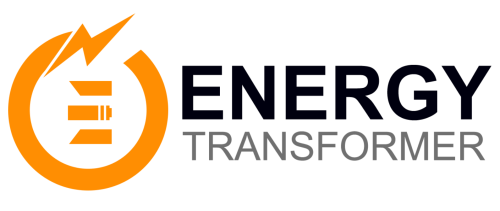Transformers are a critical component of electrical infrastructure across industries — from commercial buildings and hospitals to renewable energy farms and utility substations. But when specifying a transformer, one of the most common questions engineers and project managers face is:
Should we choose a dry-type transformer or an oil-filled transformer?
This guide provides a complete comparison of dry-type transformers and oil-filled transformers, tailored for projects in North America (U.S., Canada) and Europe, where regulations, voltage systems, climate, and installation environments vary significantly.
What Is a Dry-Type Transformer?
A dry-type transformer uses air or gas (such as SF6 or nitrogen) as the cooling medium, and its windings are typically encapsulated in resin (cast resin) or coated with varnish.
✅ Key Features:
-
Air-cooled (natural or forced ventilation)
-
No oil or fluid inside — safer for fire-sensitive environments
-
Ideal for indoor installation
-
Less risk of leakage or contamination
-
Requires less maintenance
🏢 Common Applications:
-
Hospitals & medical centers
-
Data centers & telecom hubs
-
Commercial buildings
-
Marine, subway, and underground tunnels
-
Cleanrooms, chemical labs
Read More:2025 U.S. Power Transformer Market: A Breakdown of the Top 10 Manufacturers
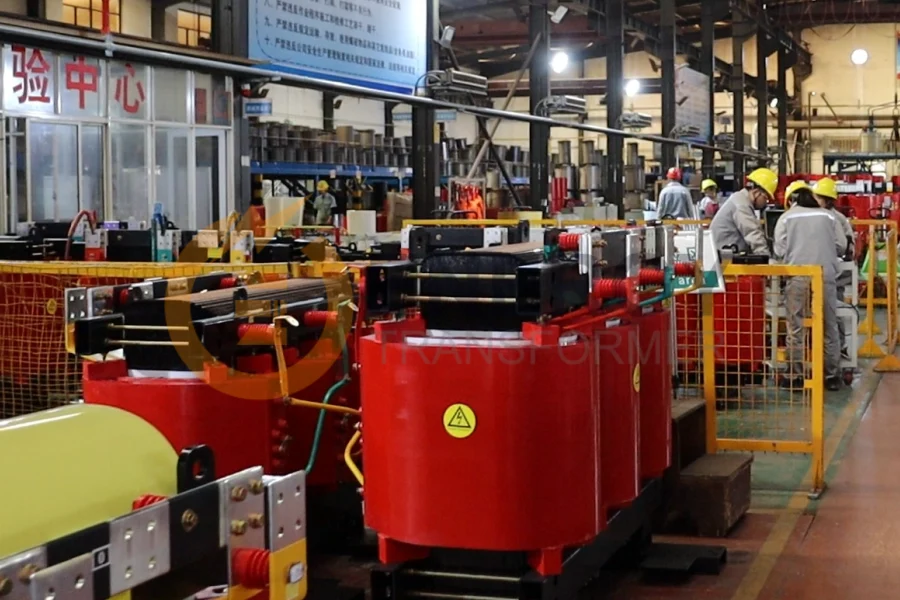
What Is an Oil-Filled Transformer?
Oil-filled transformers are insulated and cooled using mineral oil, silicone oil, or natural ester (FR3). The oil helps dissipate heat and insulate the windings effectively.
✅ Key Features:
-
Higher efficiency than dry-type (lower core losses)
-
Better overload capacity
-
Requires periodic oil testing
-
Needs fire protection measures in some cases
⚡ Common Applications:
-
Power generation & distribution (utilities)
-
Industrial manufacturing
-
Large infrastructure projects (airports, transit systems)
Learn More:10 kVA – 9000 kVA Marine Isolation Transformer
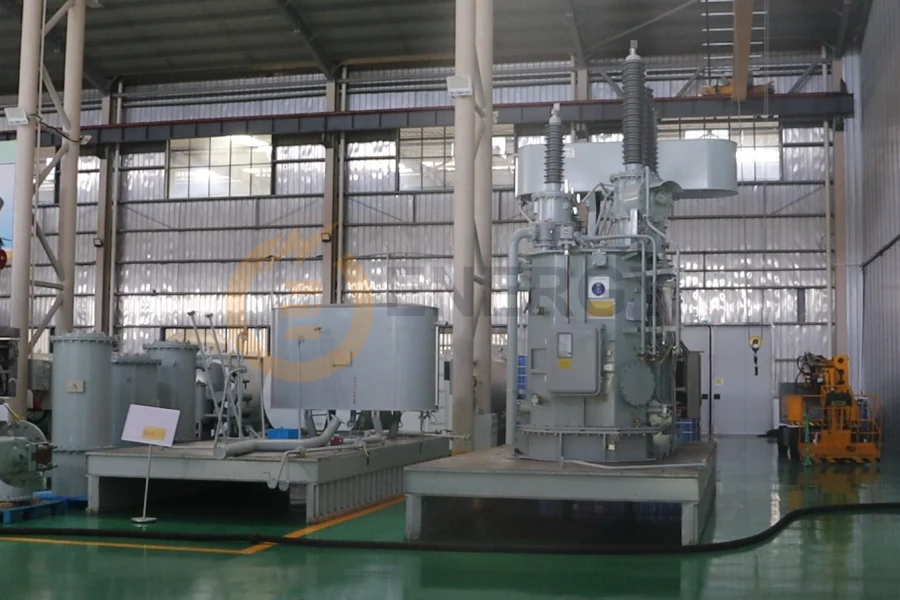
🆚 Comparison Table: Dry-Type vs Oil-Filled Transformers
| Feature | Dry-Type Transformer | Oil-Filled Transformer |
|---|---|---|
| Cooling Method | Air (natural or forced) | Oil (ONAN, ONAF, OFWF, etc.) |
| Efficiency | Moderate | High |
| Fire Risk | Low | Medium (fire-rated containment needed) |
| Maintenance | Minimal | Requires oil monitoring |
| Installation | Indoor or outdoor (sealed) | Primarily outdoor or in vaults |
| Initial Cost | Higher | Lower |
| Lifespan | 20–25 years | 30–35+ years |
| Noise Level | Higher (fan noise) | Lower |
| Environmental Impact | No fluid leakage | Oil leakage risk, requires containment |
| Standards Compliance | UL 1561 / CSA C9 / IEC 60076-11 | UL / CSA C2 / IEC 60076 |
When Should You Choose Oil-Filled?
-
High-load, high-efficiency requirements
-
Outdoor or utility-scale installations
-
Lower upfront cost is critical
-
Applications with long duty cycles
-
Rural or substation projects
Real-World Project Examples
| Application | Recommended Transformer Type |
|---|---|
| Data Center in Montreal | Dry-Type (fire-safe, compact) |
| Solar Farm in Spain | Oil-Filled (step-up, outdoor) |
| Underground Metro in Berlin | Dry-Type (sealed, ventilated) |
| Steel Plant in Texas | Oil-Filled (high overload capacity) |
| Hospital in Paris | Dry-Type (no fire suppression needed) |
Regional Considerations: North America vs Europe
🇺🇸 United States & Canada
-
Voltage systems: 120/208V, 277/480V, 347/600V
-
Standards:
-
UL, ANSI, NEMA (USA)
-
CSA, C802.1/2 (Canada)
-
DOE 2025 efficiency regulations
-
-
Typical Usage:
-
Dry-type in commercial & institutional
-
Oil-filled in substations and industrial sectors
-
-
Climate Note: Cold-weather oil transformers require heaters, low-pour-point fluids
🇪🇺 Europe
-
Voltage systems: 230/400V, 10kV/20kV distribution
-
Standards:
-
IEC 60076 series
-
EcoDesign Tier 2 energy efficiency (since 2021)
-
-
Trends:
-
Strong push for low-loss transformers
-
More acceptance of natural ester oils (bio-based)
-
Higher use of dry-type in city centers and public buildings
-
When Should You Choose Dry-Type?
-
Indoor installations (e.g. buildings, tunnels)
-
Fire-sensitive environments (hospitals, malls)
-
Maintenance-free preference
-
Short lead-time projects needing fast installation
-
Areas with oil-spill regulations
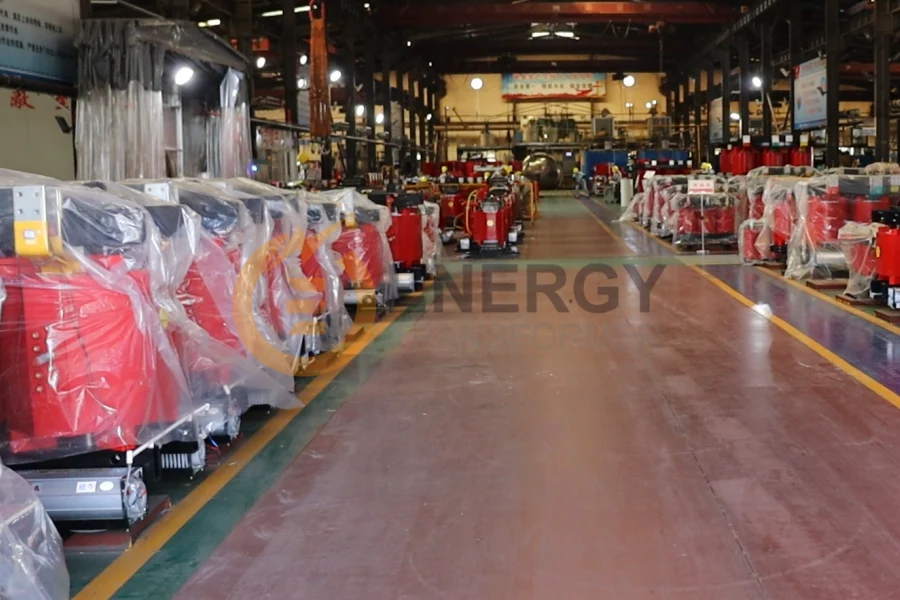
When Should You Choose Oil-Filled?
-
High-load, high-efficiency requirements
-
Outdoor or utility-scale installations
-
Lower upfront cost is critical
-
Applications with long duty cycles
-
Rural or substation projects
Read More:What Is an Electrical Transformer? Function, Design, and Working Principle
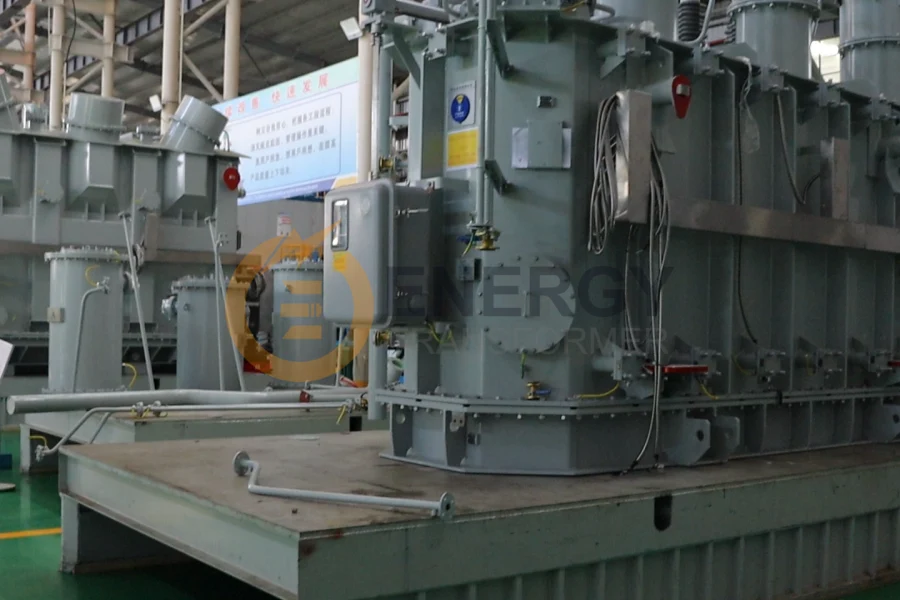
Why Choose Energy Transformer for Your Project?
At Energy Transformer, we offer both dry-type transformers and oil-filled transformers engineered for the needs of North American and European customers — with compliance, speed, and value in mind.
✅ What Sets Us Apart:
-
UL, CSA, IEC, and DOE-compliant designs
-
Dry-type transformers up to 35kV
-
Oil-filled units with mineral or eco-friendly FR3 oil
-
Pad-mounted, pole-mounted, skid, or substation-ready
-
Custom enclosures (NEMA, IP-rated, stainless steel)
-
Competitive pricing with no compromise on quality
-
Rapid delivery to U.S., Canada, and EU ports
-
Engineering support, drawings, and bilingual documentation (EN/FR)
Order with Confidence
-
✔ Bulk orders & OEM/ODM programs available
-
✔ Small batch support for urgent jobs
-
✔ Customized voltage, taps, accessories
-
✔ Short lead times (from 3–5 weeks for standard models)
📞 Tailored Power Transformer. Global Standards.
Whether you're upgrading a facility in California, installing a solar plant in Greece, or building a hospital in British Columbia, we can help you find the right transformer solution.
